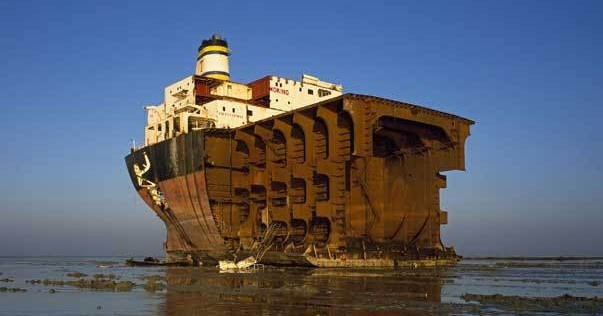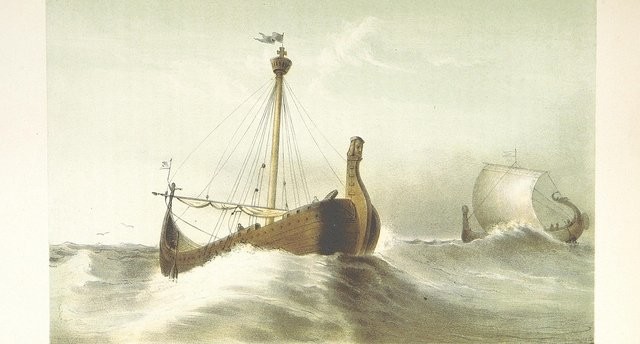Culture of an organisation is receiving an unprecedented attention inthe recent times. It is a welcome sign of our times, though neither all of this attention is all good, nor everything going under its umbrella valid. The phenomenon itself being abstract, if not totally fuzzy, can hardly be gauged with the same instruments of organisational inquiries as other aspects have been.
However faulty the efforts to gauge, describe and impact the culture may be, it is a good movement. And the field shall always resonate with such fields like philosophy (AND Quantum physics and Genetics) as against the hard measurable domains like accounts and technology. And we need to keep having dialogues on it.
Imagine that all the parts of a ship, say every single plank of a wooden ship, called Ship of Theseus for convenience here, is removed and replaced over the years. Not a single part, plank or nail, is from the original ship. Would it be the same ship?
If you say, Yes – then why?
If you say, No – then at what stage does it cease to be the old ship?
I am trusting you to pause and ‘anchor’ your answer along with your reasoning, in the true spirit of a discourse here. If you do, the next part will make it even more interesting.
What if each of the old parts have been collected over the years and are used to assemble a ship, which one is now the ship of theseus?

If every element of an organisation which goes on to create the culture, keeps on changing incrementally, year after year, is it the same organisation? Alternately, at what level of change in the mission, vision, values, structure and processes, does the culture, and thus the organisation, cease to exist?
I have a few passionate views on this, which we use in our “TAO of Culture DNA” studies, but I am going to save it for the next post after hearing from at least a couple of you.

